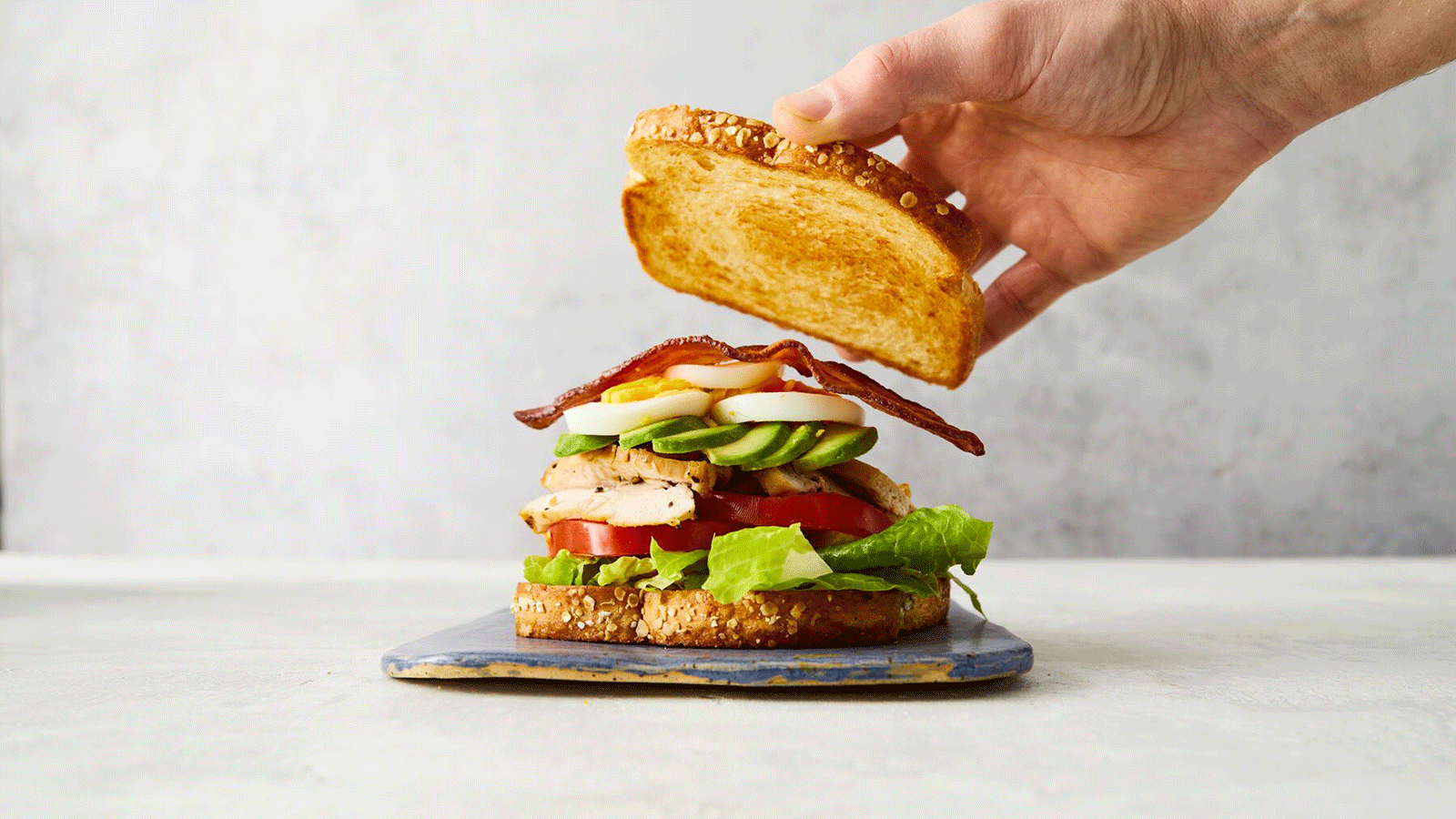Carbs and diabetes: What to know to stay healthy


Like a controversial celebrity, carbs (a.k.a. carbohydrates) are loved or hated in equal measure and are a source of constant gossip and scrutiny. But carbs are widely misunderstood—especially when it comes to their relationship with diabetes.
“At WeightWatchers®, we want to encourage people to eat the foods that they like, meaning all foods are on the menu,” says Angela Goscilo, M.S., RDN, registered dietitian. “This is true even for people living with diabetes.” That’s where our Points system comes in on the diabetes program: It’s designed to help nudge you toward healthier options, and encourages you to weigh, measure, and track the foods that are most likely to influence blood sugar.
That said, carbohydrates can still be a pretty confusing topic. Keep reading to learn how different carbs affect your blood sugar, the low-down on low-carb diets for people with diabetes, and how to shave some carbs from your meals without feeling deprived.
Choose complex carbs as often as possible
Carbs are your body’s primary source of energy. As your body digests them, carbs are turned into glucose (a.k.a. blood sugar), which is then released into the bloodstream to help you feel energised. While carbs are often associated with wheat-based products—bread, pizza crust, spaghetti—they are actually found in a wide variety of foods. Yes, they are in wholegrains, but they’re also in fruit, starchy vegetables, dairy products, and veggie-based proteins like beans, peas, and lentils.
But not all carbs are created equal. Complex carbs—starches and fibre—are found in fruits, vegetables, wholegrains, legumes, and nuts. If you’re thinking those foods sound pretty healthy, you’d be right. “Carbohydrates are actually the only source of fibre in your diet, which is key for blood glucose regulation, and are rich sources of vitamins, minerals, phytochemicals, and antioxidants,” says Lisa Stollman, RDN, a registered dietitian nutritionist and certified diabetes care and education specialist. Fibre also helps you feel full, improves digestive health, and reduces the risk of heart disease, according to Goscilo.
Simple carbohydrates, on the other hand, are refined, meaning they are broken down more quickly by your body and tend to have less nutritional benefit. These include soft drinks and other sugar-sweetened beverages, lollies, desserts, and foods made with white flour.
Eat carbs alongside fibre, protein and fat
Eating carbohydrates can have a significant impact on your blood sugar—especially if you have diabetes. Since your body can’t properly harness the hormone insulin to convert carbs into energy, Goscilo says, “the carbs get converted into glucose that’s then left floating around in the bloodstream, which can cause blood sugar to spike.” The fibre in complex carbs, however, puts the process into slo-mo—gradually releasing sugars into the bloodstream. Not so for simple carbs; without a sensible sidekick like fibre, they burst into the bloodstream and boost blood sugar levels.
That’s why it’s a good idea to give your carbs as many nutrient companions as possible; combining them with fat or protein can keep blood sugar levels more stable. That’s because fat and protein are similar to fibre in that they take longer to digest. “If you're having oats for breakfast with a hard-boiled egg, that combination of high-fibre carbs, protein, and fat from the egg yolk is going to help with blood sugar response,” says Goscilo.
Don’t try to cut carbs completely
Ultra-low carbohydrate approaches—including ketogenic diets—have been acknowledged by (no surprise) ultra-low carbohydrate enthusiasts as beneficial for people living with diabetes. But research suggests that there is no significant advantage to these approaches when compared to eating plans that don’t restrict carbohydrates. In fact, Diabetes Australia recommends people living with diabetes have fibre-rich carbohydrates every day. One reason why: You’re less likely to stick with an eating plan that prohibits a whole food group, says Goscilo. It’s just not sustainable.
“Many of my patients come to me after starting on a keto diet, which is high in fat and has almost no carbs, because they thought it would help them manage their diabetes,” says Leah Kaufman, RD, a registered dietitian and certified diabetes care and education specialist. “But these diets can be dangerous, sometimes causing low blood sugars and putting the patient at risk for high cholesterol.”
Also, it’s a myth that they hinder weight loss. “If you are trying to avoid carbs because you are worried that eating them will slow your weight loss, rest assured that restricting carbohydrates has not been shown to result in more weight loss in the long run,” says Goscilo. Ultimately, what drives weight loss is sticking to your Points Budget.

Tell me more about…
diabetes and what to eat
diabetes and what to eat
OK, we’ve made our point—carbs aren’t the devil. But, like pretty much everything, they should be eaten in moderation. “Eating fewer—and better—carbs can help decrease overall blood sugar, leading to better diabetes management,” says Kaufman. What that looks like is different for everyone. You need 130 grams of carbs every day for your brain to function optimally, according to Goscilo, so anything less than that might not be enough. Here’s what that might look like on any given day on the WW diabetes program.
- Breakfast: ½ cup (45g) rolled oats with 1 cup strawberries and ½ cup plain 99% fat-free Greek yoghurt, plus a coffee with 2 tbs unsweetened vanilla almond milk
- Lunch: Chicken and vegetable soup with 1 wholemeal bread roll
- Dinner: Lemon chicken with broccoli with 1 cup cooked brown basmati rice
- Snacks: 1 hard-boiled egg, spicy guacamole with carrot sticks and cucumber slice and 3-ingredients banana, oat and sultana biscuits
This content is for informational purposes only and does not constitute medical advice, diagnosis or treatment. It should not be regarded as a substitute for guidance from your healthcare provider.
